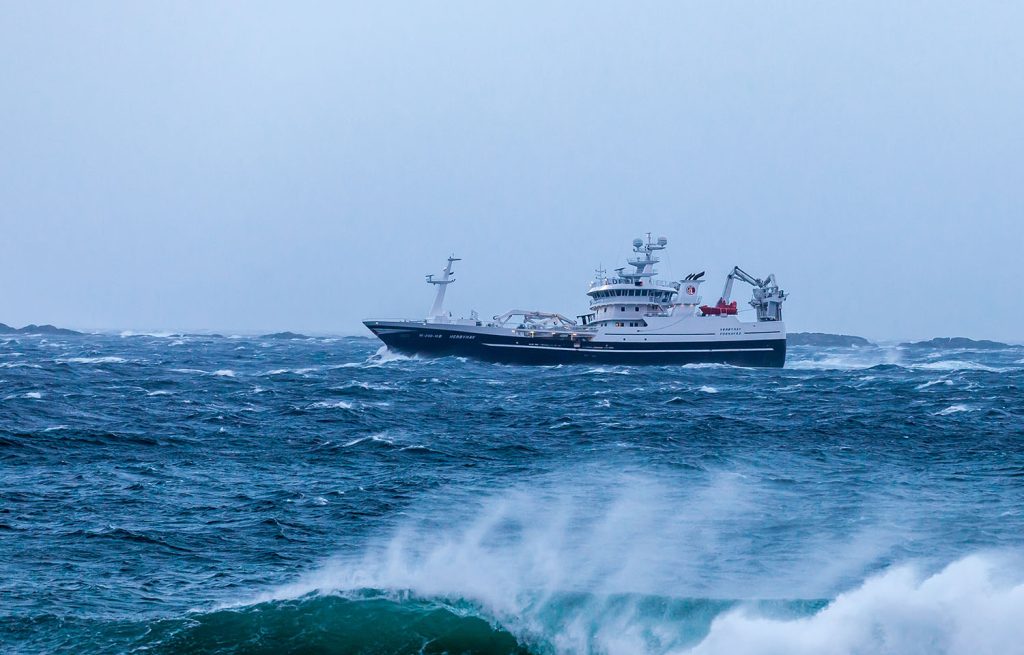
Representatives of the Norwegian and Faroese governments have signed a sharing agreement on Norwegian spring spawning herring for the first time in over a decade.
Norway and the Faroe Islands are the two coastal states that fish more than half of the stock, and the agreement, signed on 13 December, marks a step towards more sustainability in the fishery. The agreement is the first one since 2013, when all coastal states started self-allocating quota.
As part of the agreement, Norway will get 64.2 percent of the quota, the Faroe Islands will get 10 percent, while the remaining 25.8 percent will be unallocated, leaving some room for Iceland, Russia, and the E.U. to fish. Both Norway and the Faroe Islands have reduced the amount of their quota compared to last year – according to Faroese public service – by 22.8 percent combined.
The Norwegian spring spawning herring stock has been overfished for several years, and the International Council for Exploration of the Sea recommended a 24 percent reduction of stocks in 2023. This year, the council recommended a small increase in the quota of 4 percent.
Norway and Faroe Islands are not the only countries that fish Norwegian spring spawning herring. In 2022, Iceland caught more than 13 percent of the quota, Russia fished around 10 percent, with some European countries and the U.K. fishing between roughly one and two percent.
In parallel to the sharing agreement, the two countries have also agreed on an access agreement. Fishermen in the Faroe Islands will be able to fish their whole quota in Norwegian waters, although all of it has to be sold through the Norwegian salesman co-op, Norges Sildesalgslag.
At the same time, Norwegian fishers will be able to catch up to 17.5 percent of their blue whiting share in Faroese waters. The Faroese minister of fisheries said in a press release on their website that the agreement was good for Faroese industry and the herring stock.
“Faroese ships can now fish all their herring quota in Norwegian waters, and that provides a lot of security when thinking about the travel pattern of the stock,” the ministry wrote on their website.
The herring stock has been spawning further north than it did historically, which was making it more difficult for Faroese ships to fish.
Source: seafoodsource